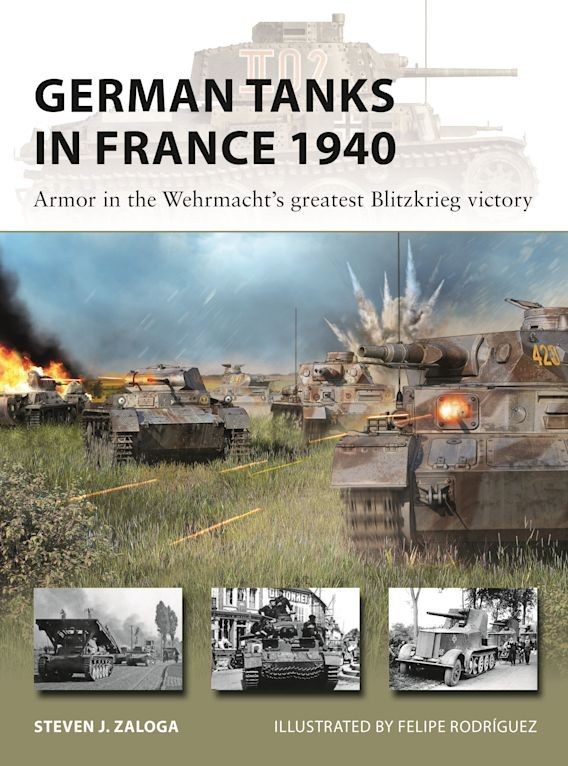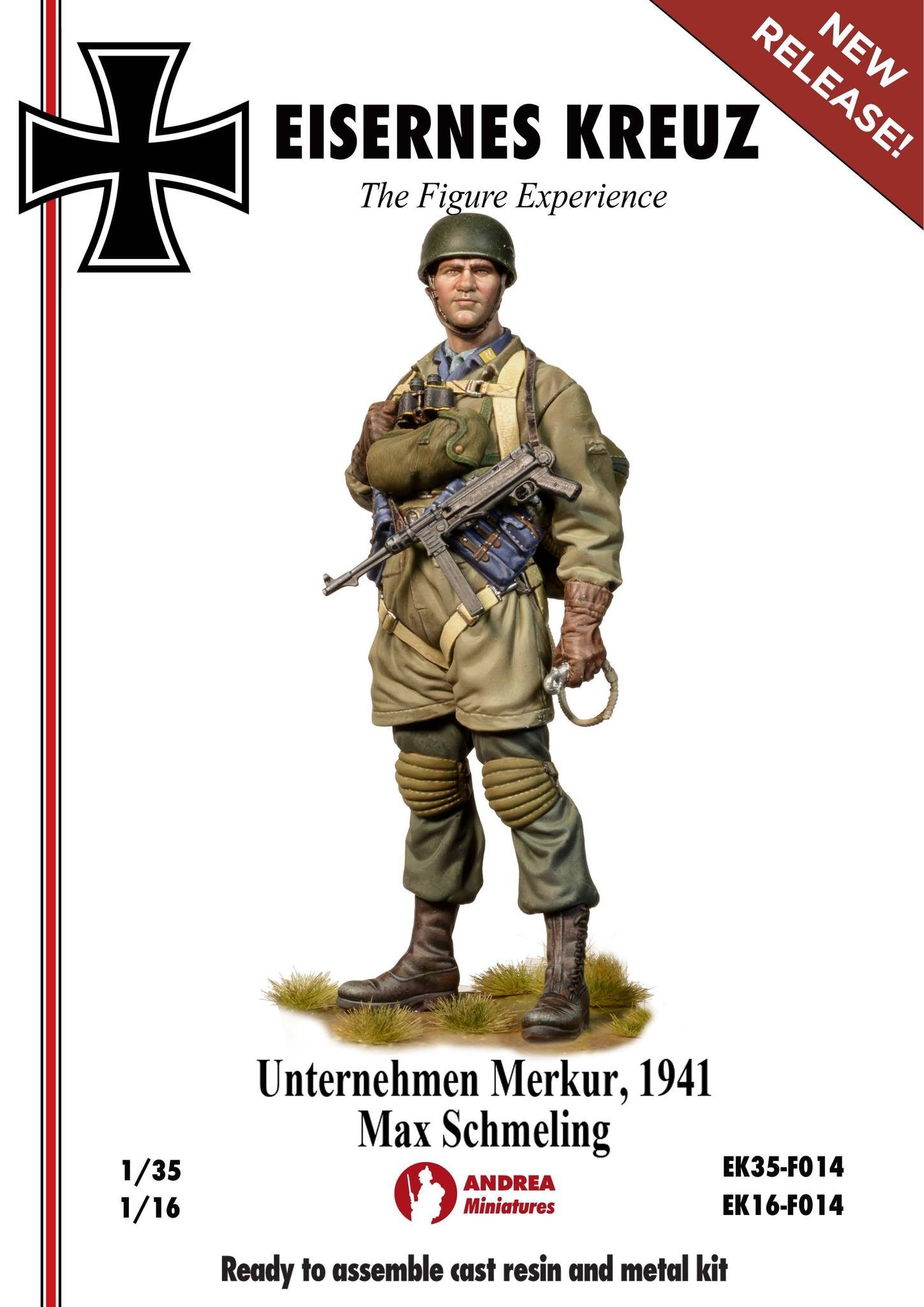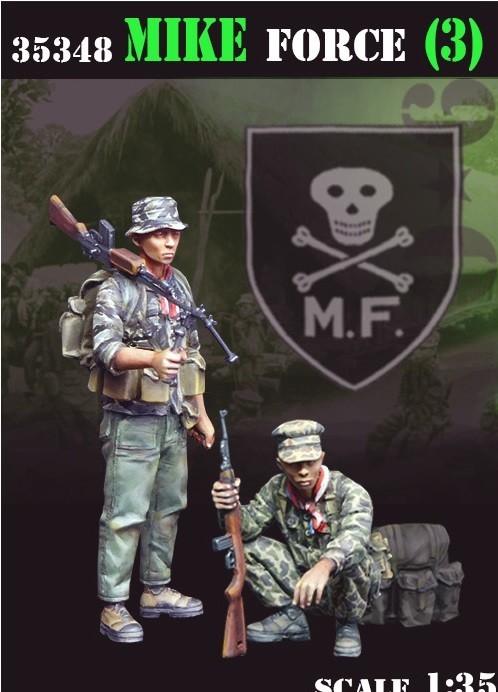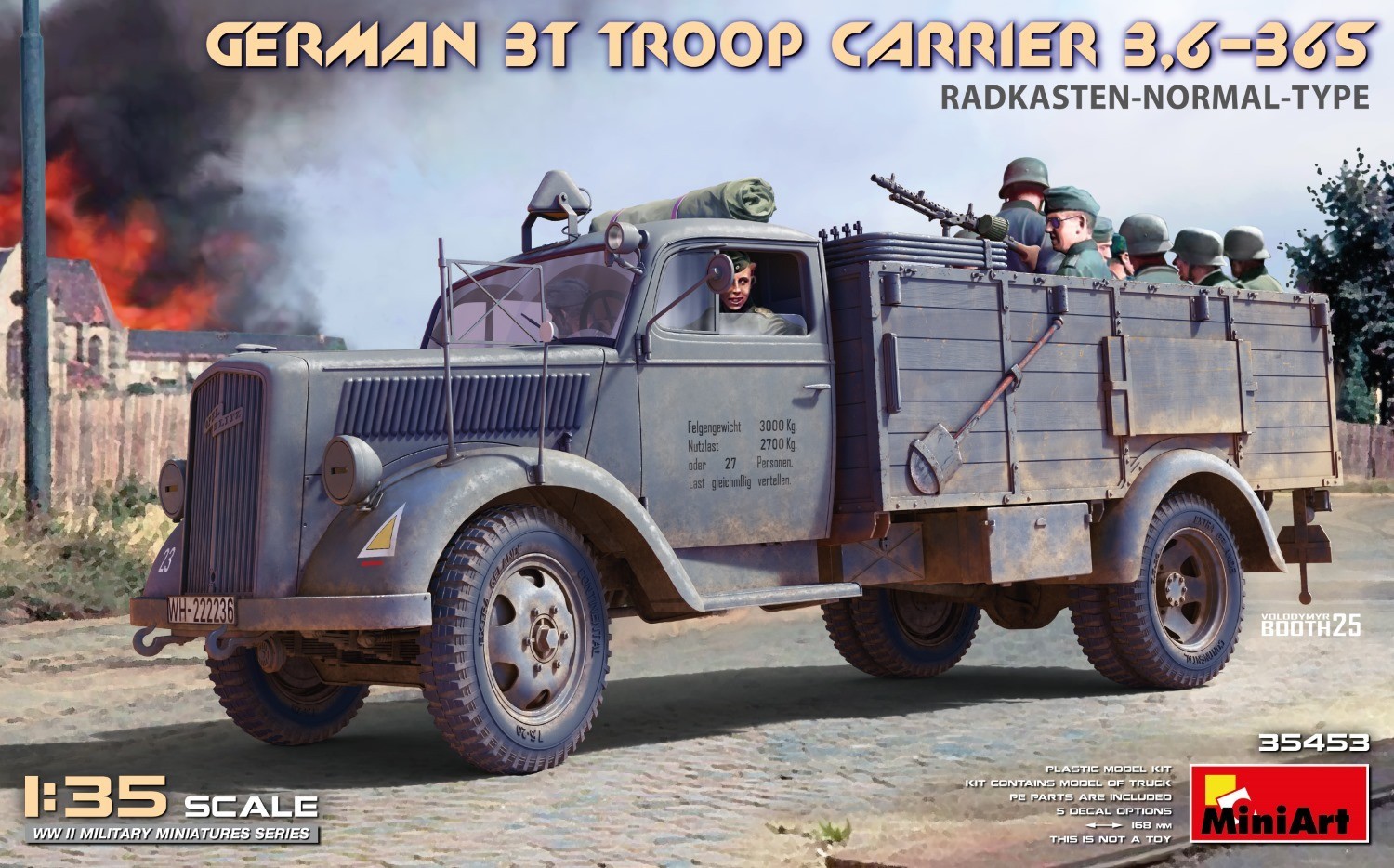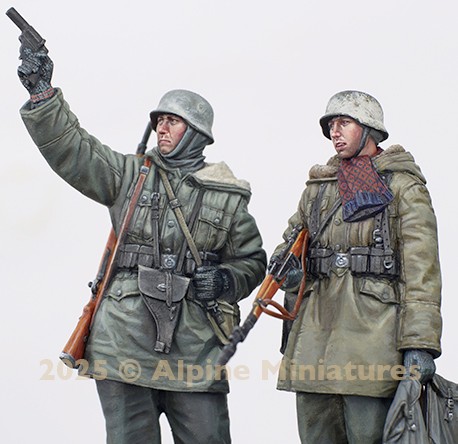In this book, renowned armor expert Steven J. Zaloga reassesses the armored force that made the triumph possible, and explains that although the German Panzers won their reputation in France, they were far from being a technological juggernaut. The vast majority were the small PzKpfw I and PzKpfw II light tanks. The more effective medium tanks such as the PzKpfw III and PzKpfw IV were available in relatively small numbers. Their effectiveness had far more to do with training and doctrine than technology.
With illustrations including unpublished photos and superb new artwork, this book examines the wide range of German tanks employed in France in 1940, as well as their organization and tactical doctrine.
48 pages total, illustrated throughout with 40 photos and 8 pages of colour illustrations, and the text is supported with tables and side-bars to expand on a particular point.
Written by Steven J. Zaloga (Author) and illustrated by Felipe Rodríguez.
Table of Contents
INTRODUCTION
DOCTRINE AND ORGANIZATION
TECHNICAL FACTORS
Panzerkampfwagen I
Panzerkampfwagen II
Panzerkampfwagen III
Panzerkampfwagen IV
Czech war booty
Panzerjäger
Sturmgeschütz
THE CAMPAIGN
The Heeresgruppe B attack
The world's first great tank battle
“The Matador's Sword”: Guderian at Sedan
Pursuit to the Channel
June 4: the balance sheet
BATTLE ANALYSIS
TECHNICAL LESSONS
FURTHER READING
INDEX
A good read with little by way of new information, it is the analysis of that information that is worth further discussion. Essentially Germany prevailed despite inferior tanks, and numbers of tanks and troops, through superior training, tactics, and of all things, having a three-man turret on their tanks. This last point best illustrated by the fact that French tank commanders had to aim, load, and fire the main gun, thereby losing command and control over the tank and wider combat situation. This is all the more remarkable given Germany’s slow adaption of tanks in World War I, only to become a major proponent of them in World War II.
There is mention of the term blitzkrieg being an invention by journalists, page 4, rather than German doctrine, which I found amazing as this has more or less passed into lore.
Whilst a short read, given the rather expansive title, this book does not look to relitigate the opening battles of World War II, rather explore how Germany beat France in a matter of weeks, using the innovative new weapon known as Panzers, and by applying superior tactics to the French.
Content is true to the description, although some of the images used will be familiar to readers already.
Looking at the list of contents above, and given the limited number of pages, there is no in-depth analysis of each topic; rather there is enough discussion to give each context and how that contributes to the title.
Essentially a long essay well supported with illustrations, the narrative is tight, in that it does not wander from the subject, and manages to explore the subject without any significant omission.
Easily recommended.
Incredible artwork
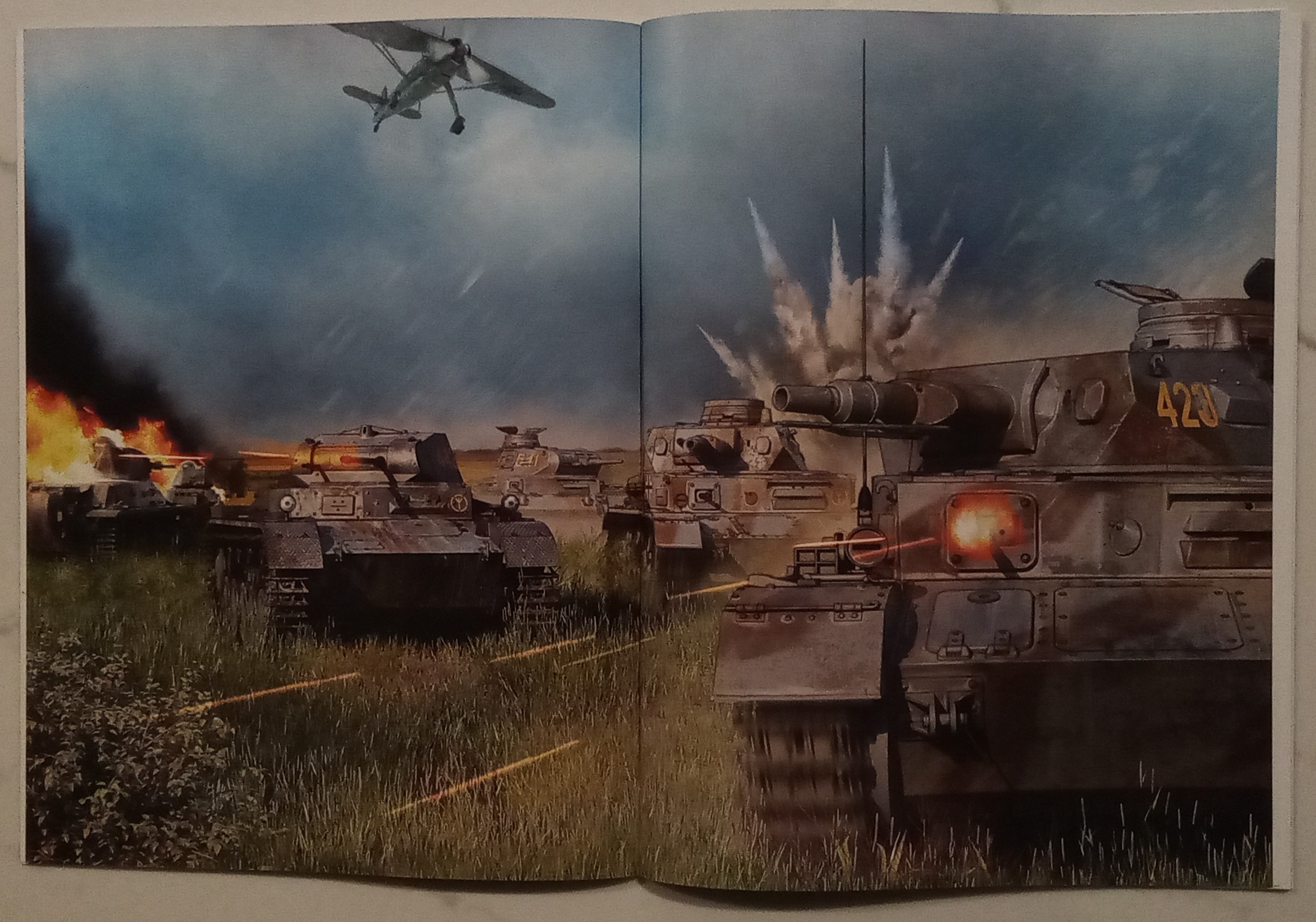
tables



Booty, war booty

The author considered this "the most disappointing tank in the Battle of France" due to mediocre armament.
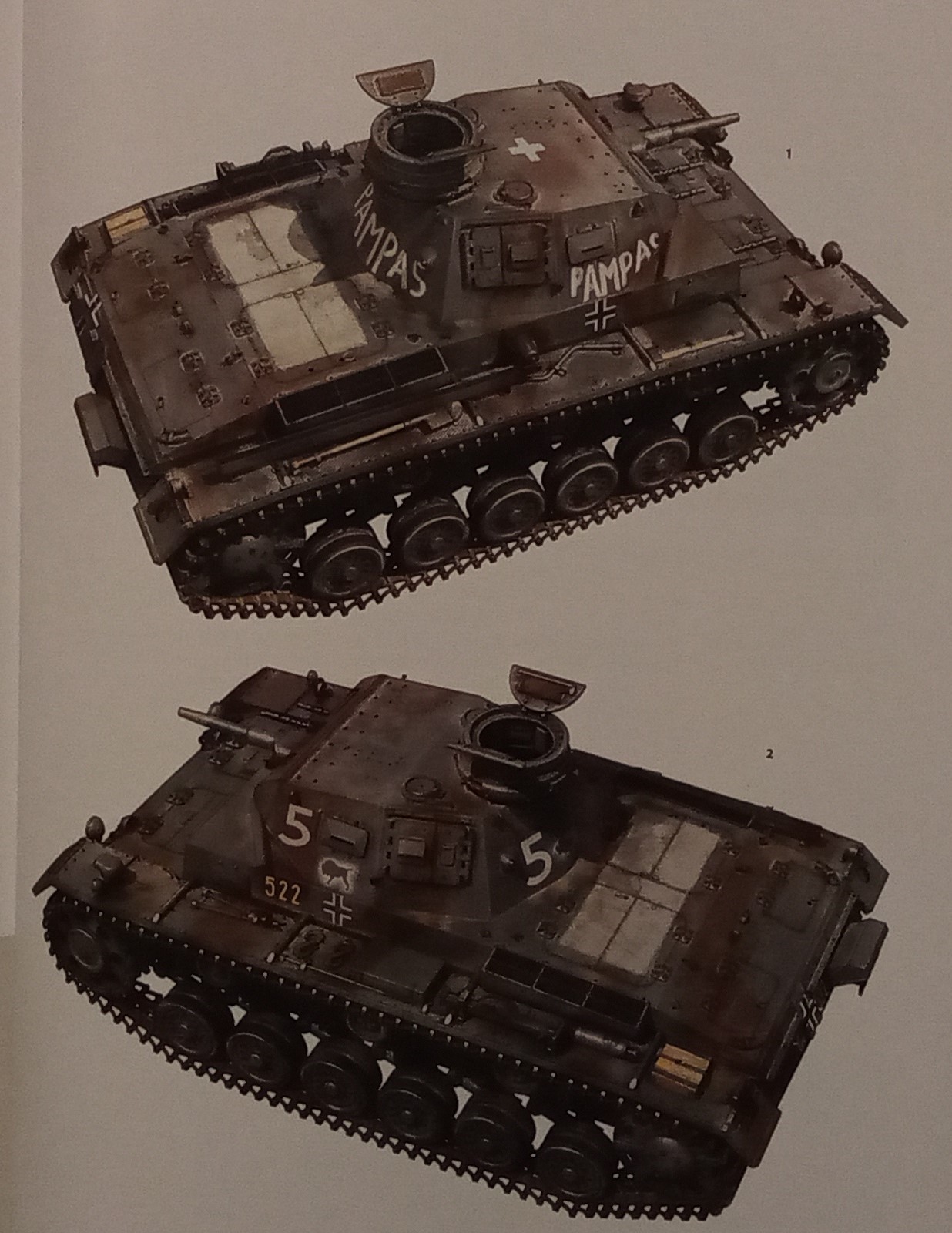
And this as the most useful, page 44.

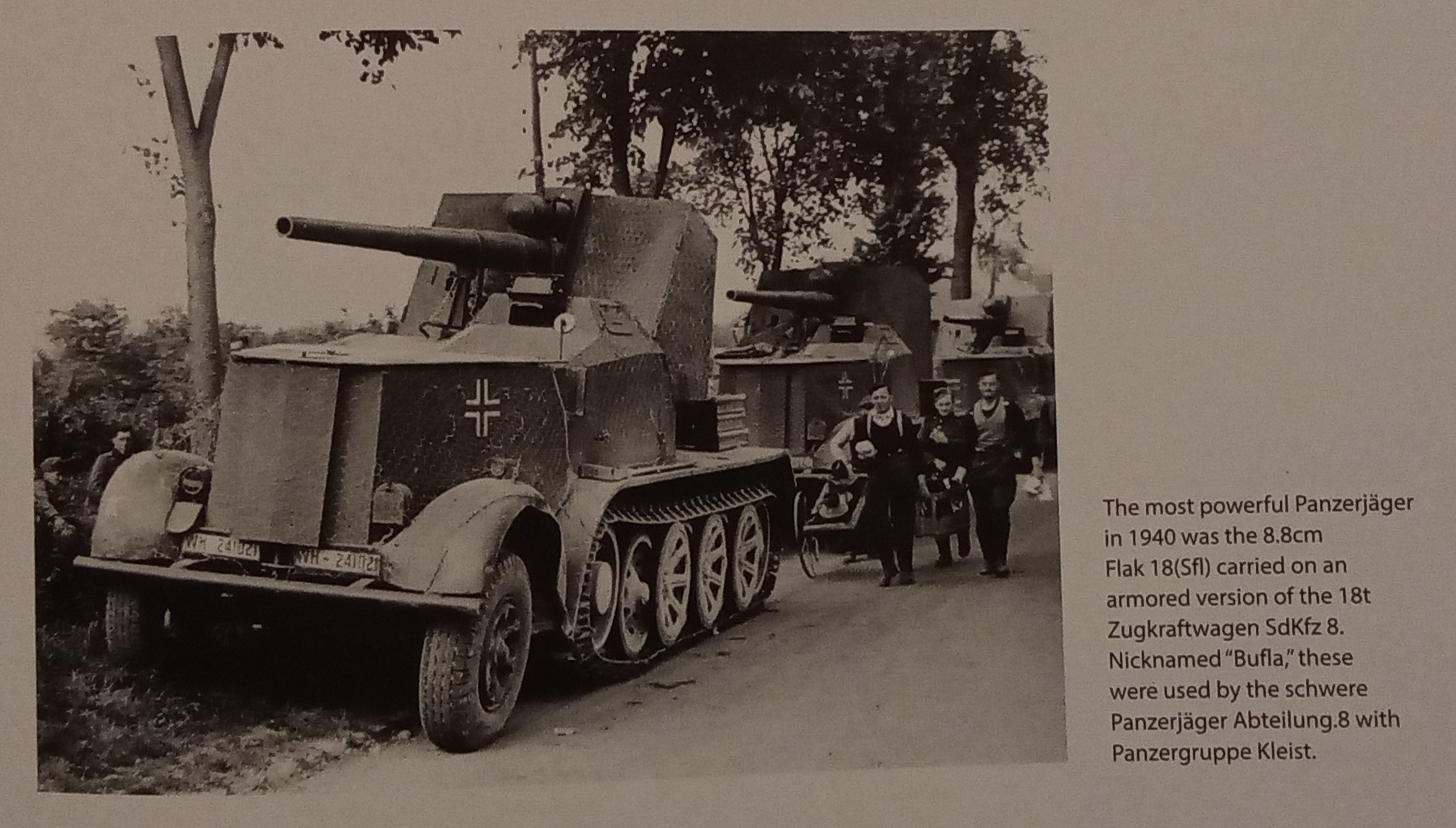
A familiar figure to most...












